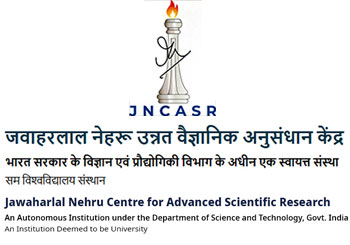mBio00630-22 के लिए पूरक सामग्री
यह पृष्ठ हिंदी में उपलब्ध नहीं है, कृपया अंग्रेजी में पढ़ने के लिए नीचे दिये गए लिंक पर क्लिक करें।
- पिछले पृष्ठ पर वापस जाएं
- |
-
पृष्ठ अंतिम बार अद्यतन तिथि:20-05-2025 06:36 PM

यह पृष्ठ हिंदी में उपलब्ध नहीं है, कृपया अंग्रेजी में पढ़ने के लिए नीचे दिये गए लिंक पर क्लिक करें।